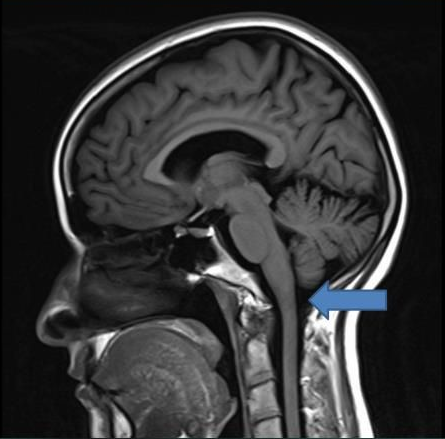Mega Cisterna Magna
Mega Cisterna Magna
The cisterna magna is a space filled with CSF (cerebrospinal fluid) located in the back of the brain in an area called the posterior fossa, underneath a brain structure called the cerebellum. The size of the cisterna magna is measured during the routine mid-trimester anomaly scan offered to all pregnant women. If it is larger than usual, it is termed a mega cisterna magna (MCM).

A mega cisterna magna refers to an enlarged cisterna magna, without any other enlarged fluid areas in the brain (absence of hydrocephalus), and a normal cerebellar vermis – the structure that is located above the cisterna magna.
How will my pregnancy be managed if my baby has mega cisterna magna?
You will be referred to a fetal medicine specialist who will scan your baby in detail with ultrasound. They will discuss the findings and you may be offered further tests (see investigations section). The fetal medicine team will perform regular scans throughout the pregnancy to make sure there are no other areas of fluid building up in the brain.
What is my baby’s outlook if they have mega cisterna magna?
A large systematic review study into children born with mega cisterna magna found that the outlook is overall very good, with an overall normal neurodevelopmental outcome in over 85% of children. They found 11% of children had a delay in motor skills.
Another study of 17 children with isolated MCM and normal genetic results showed that 2 of the 17 children exhibited abnormal neurodevelopmental outcomes in the form of generalised delay and abnormal language and communication skills.
